eVolo reveals the 2021 Skyscraper Competition winners
By Alexander Walter|
Thursday, May 6, 2021

Related
The winners are in for the latest Skyscraper Competition, hosted by eVolo Magazine. Every year, the program challenges architects and designers from around the world to envision innovative tall-building concepts that rethink the way we understand vertical architecture.
Three winners and twenty honorable mentions were selected by this year's jury, which was comprised of Koray Duman (Principal, Büro Koray Duman), Reza Najafian (Principal, ReNa Design), Arto Ollila (Partner, Aarti Ollila Ristola), Eric Parry (Principal, Eric Parry Architects), and Isa Ye (Founder, designverse and Young Bird Plan).
The winning design teams from Ukraine, Israel, and China proposed genetically modified trees shaped into living skyscrapers, a rainwater-catching high-rise for Mexico City, and traditional wooden Hmong houses organized inside an adaptable stilt frame.
1st Place: Living Skyscraper For New York City by Andrii Lesiuk, Mykhaylo Kohut, Sofiia Shkoliar, Kateryna Ivashchuk, Nazarii Duda, Mariia Shkolnyk, Oksana-Daryna Kytsiuk, Andrii Honcharenko (Ukraine)

Project excerpt: "One of the main goals of the project is to grow a living skyscraper on the principle of sustainable architecture. The building will function in the middle of a grey megalopolis and solve a number of important environmental and urban issues. By analyzing the active process of urbanization and a decrease in the percentage of green spaces as a phenomenon that provokes a number of environmental problems."
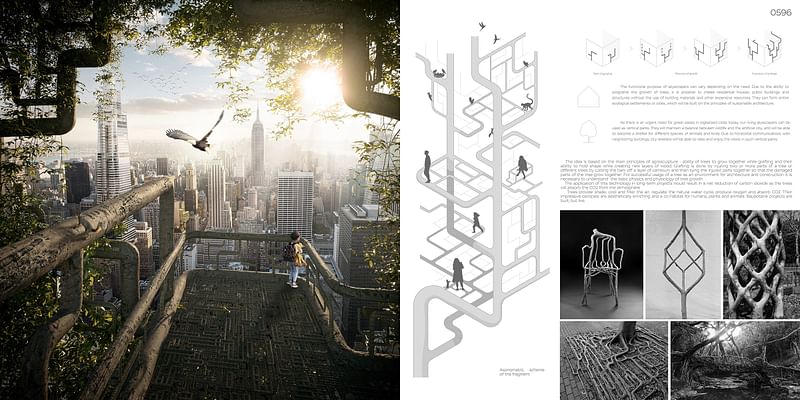
"We believe that by integrating genetically modified trees during the stage of their growth and development into architecture, we can restore the balance between the digitalized megacities and the Earth’s resources, which are gradually depleted. A skyscraper tree is a separate living organism with its own root system, irrigation, care mechanisms, and features of development focused on its adaptation to use in architecture. It is a group of unique fast-growing and tall hardwood deciduous trees, which are planted in groups in specially prepared soil (to obtain resources) and in the process of their growth from a unique architectural volume."
More project details here.
2nd Place: Lluvioso Skyscraper Collects Rainwater And Replenishes Groundwater In Mexico City by Amit Deutch, Roni Dominitz, Tamar Kerber (Israel)

Project excerpt: "The Lluvioso groundwater refilling facility is a mixed-use high-rise structure designed as a response to Mexico City’s variable water-related issues such as flooding, water shortage, and their side effects. The solution we examined in our project utilizes the high-rise altitude to gather rainwater and refill the city’s groundwater supply."
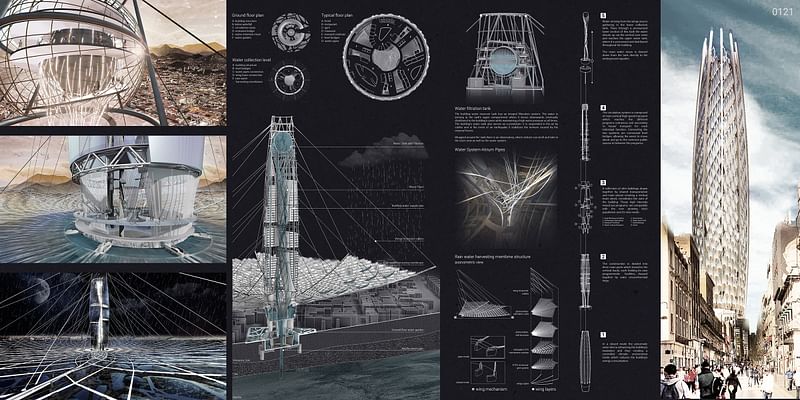
"This field of high-rise structures spread out over the city’s flood risk areas, at a height of 400m, would harvest rainwater using an external membrane layer detaching from the building’s facade. The external layer consists of 10 wings, anchored to the main structure at a height of 100m in order to allow the city’s future vertical growth. Thus, resulting in a 600m diameter rain-water collecting Canopée covering a typical city quarter. The collected water would then be directed down into the aquifer as well as upwards towards a pendulum water tank (for self-use). This proposal seeks to reduce flood damage, fill the aquifer and enhance the water supply for the city’s residents."
More project details here.
3rd Place: Hmong Skyscraper Is A Stack Of Traditional Houses Unified By Vertical Public Space by Xiangshu Kong, Xiaoyong Zhang, Mingsong Sun (China)
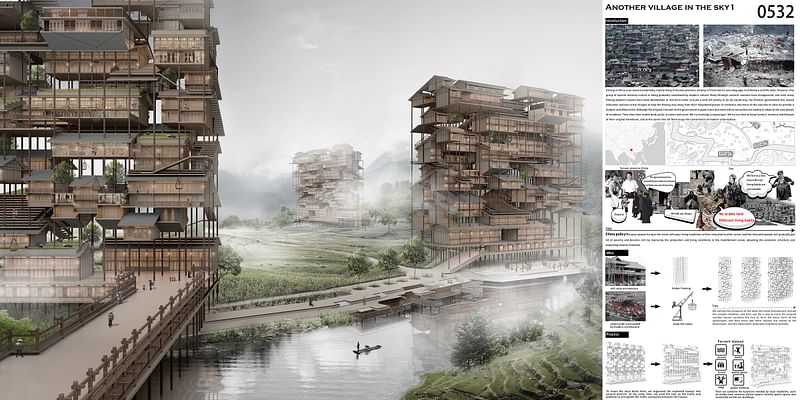
Project excerpt: "Hmong in China is an ancient nationality, mainly living in Yunnan province. Hmong has its own language, architecture, and lifestyle. However, this group of special minority cultures is being gradually swallowed by modern culture. Many Hmong cultural customs have disappeared, and even many Hmong people’s houses have been demolished or will be."
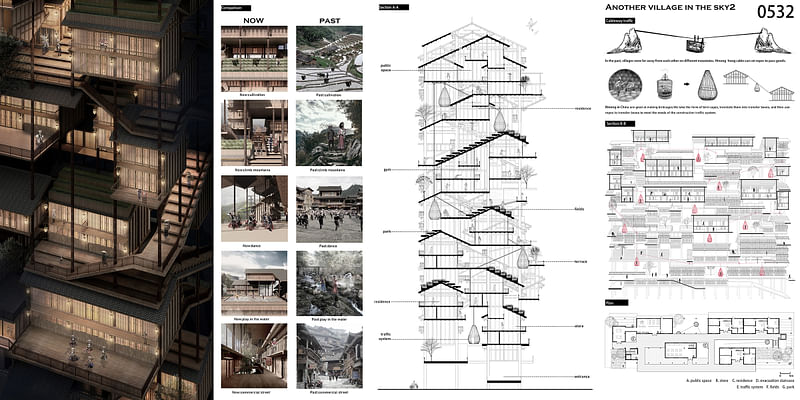
"We extract the structure of the local stilt style building, extract the wooden skeleton, and then use the crane to move the original wooden house, combine the two to form the basic form of the skyscraper, and then more and more houses are moved to the skyscraper, and the skyscraper gradually lengthens laterally. To retain the local block form, we organized the scattered houses into several districts. At the same time, we used the roof as the traffic and platform to strengthen the traffic connection between the houses. Then we combine the functions needed by local residents, such as arable land, streams, dance square, forest, public spaces, etc. And constantly enrich our architectural space to preserve the lifestyle of the Hmong family."
More project details here.
Take a look also at the image gallery below to see the twenty Honorable Mentions.

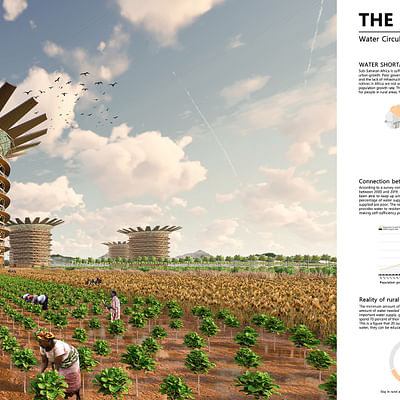
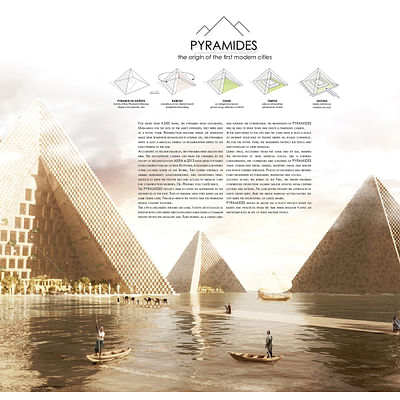
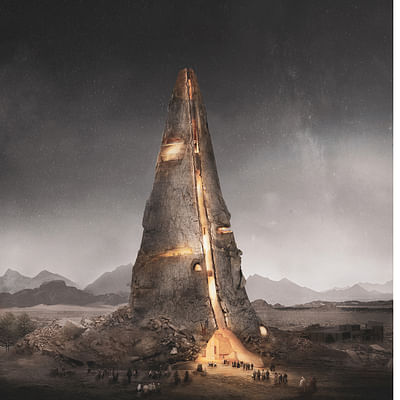

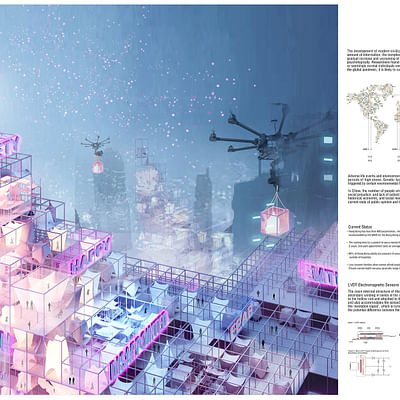
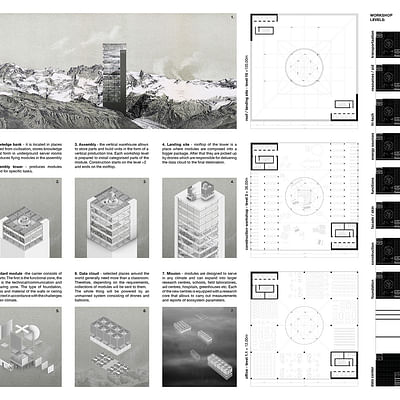
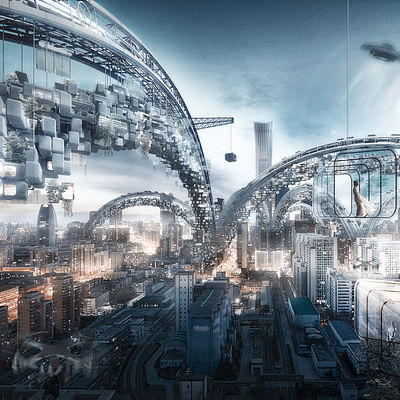
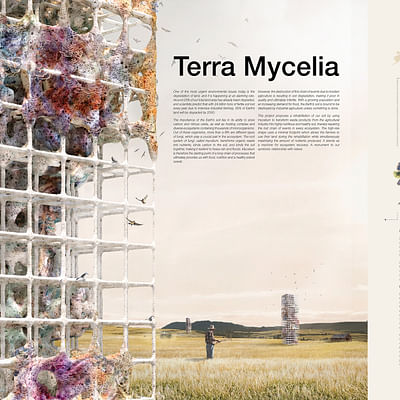
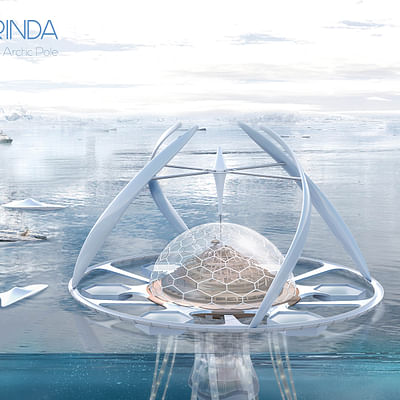



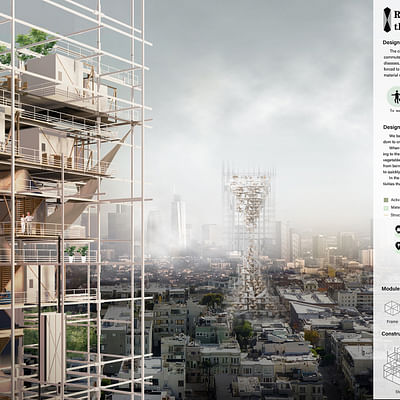
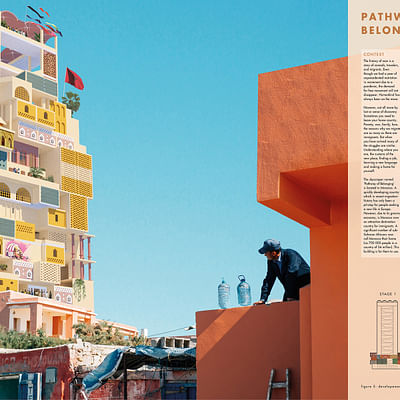

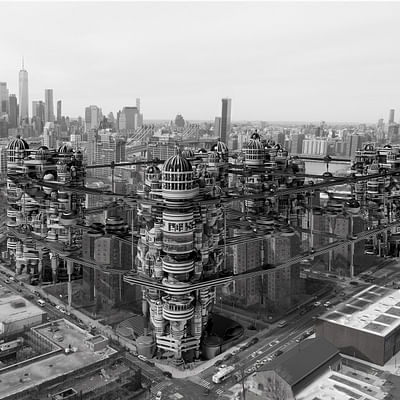
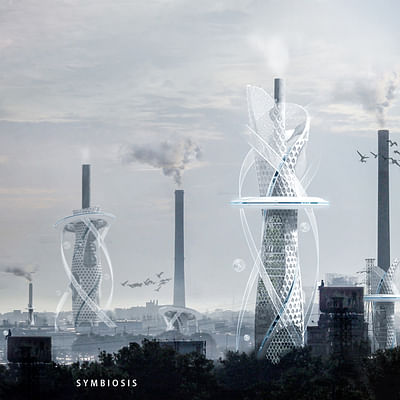
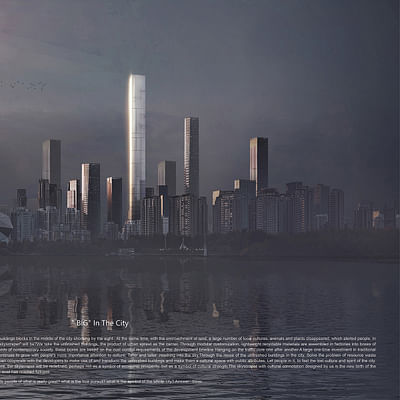
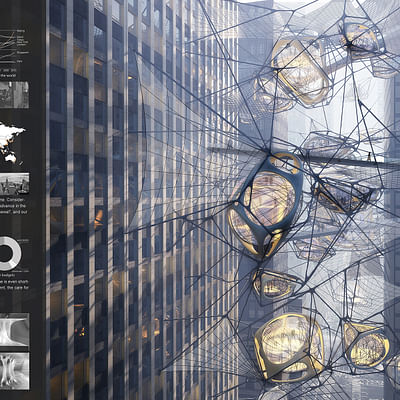

Share
0 Comments
Comment as :